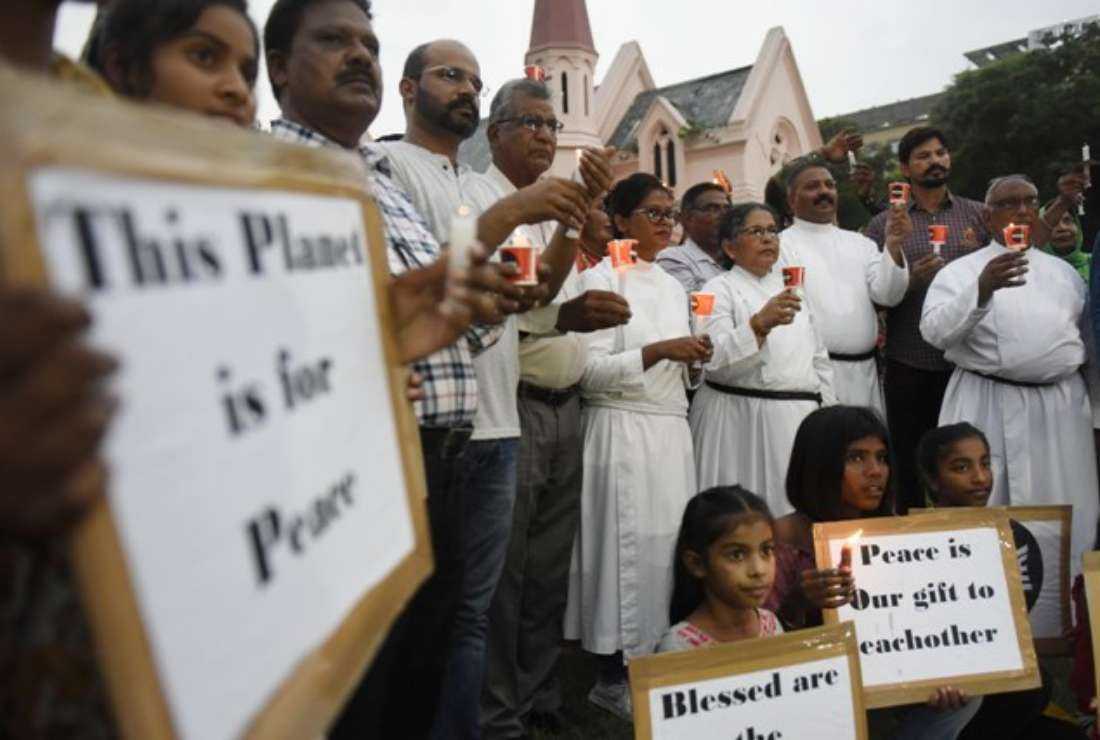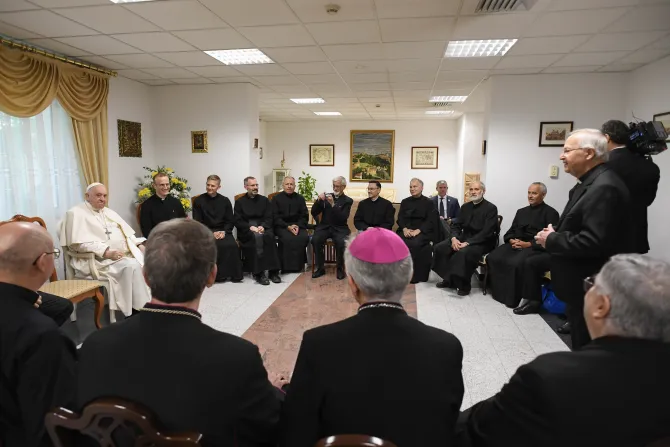Life, as the famous John Lennon saying goes, is what happens while
you’re busy making other plans.
In a similar fashion, we might say that
news is what happens while you’re paying attention to something else.
This summer, Catholic chatter was dominated by ultimately baseless
rumors that Pope Francis was about to resign.
In the meantime, a
conversation was unfolding in the Philippines with potentially seismic
significance, which flew almost entirely under radar.
In July, the Filipino bishops considered a proposal to petition Rome
for the creation of a personal prelature to provide pastoral care for
the roughly 12 million Filipinos living outside the country, who
constitute one of the world’s largest diaspora communities. The focus
would be in particular on the roughly three million Filipino overseas
workers, meaning temporary migrants who leave the country to work in
order to send remittances back home.
A “personal prelature” is a structure in church law first proposed at
Vatican II, designed to mobilize clergy and laity to carry out specific
functions without respect to geographic boundaries. At present the lone
personal prelature is Opus Dei, though the Vatican offered to create
another in 2012 for the traditionalist Society of St. Pius X to bring
the group back into communion with Rome, which they refused.
Pope Francis recently tweaked the rules governing Opus Dei, but the substance of the personal prelature remains intact.
The idea of creating one for Filipinos has been around for at least a
quarter-century, since a Filipino priest now living in San Diego first
floated it in a doctoral dissertation. The country’s bishops created an
ad-hoc commission to study the possibility in 2020.
During their July session, the bishops decided to take another year
to consult with bishops and bishops’ conferences in countries where the
prelature might set up shop, meaning places with significant Filipino
populations, and also to tap Filipino chaplains serving in various
settings around the world.
Here’s why this matters.
Since time immemorial, the dominant principle of organization in the
Catholic Church has been geographical – the pastor rules his parish and
the bishop his diocese, both of which are defined by territory. Bishops’
conferences and federations of those conferences are organized
nationally and continentally. Even religious orders, which deliberately
exist outside the diocesan structure, usually are organized into
territorial provinces.
Yet increasingly, we live in a world in which geography, if not quite
irrelevant, is at least relative. In the second half of the 20th
century, accelerating mobility and ease of travel ate away at
geography’s hold on social life, and, in the 21st century, the emergence
of digital culture has further weakened it.
Over the centuries, Catholicism has generated new pastoral models to
respond to just such changing conditions. The birth of the great
monastic communities came out of the disintegration of the Roman empire,
just as the mendicant orders in the 12th and 13th centuries aimed to
evangelize the new urban centers, and many missionary communities were a
response to the Age of Discovery.
Today, most experts would say there’s a similar need to generate new
models to respond to a less territorially defined social situation. The
personal prelature is such an instrument, but its potential application
has been frozen in place for decades for reasons having more to do with
politics than pastoral logic.
To begin with, it’s a commonplace in Catholic life for any new
impulse to be seen with suspicion. Once upon a time, religious orders
were accused of jeopardizing ecclesial unity by creating a “parallel
church” and undermining the authority of local bishops, which are
precisely the same accusations leveled against new entities of various
stripes today.
Of course, the charge isn’t entirely unfounded – there are plenty of
examples of new outfits that have proven divisive and thumbed their
noses at anyone who tries to call them on it. However, the question is
whether that’s inherent to the structure, with experience suggesting the
answer is “not necessarily.”
Moreover, because Opus Dei conventionally is seen as conservative,
more liberal Catholics have tended to be axiomatically hostile to the
whole concept of a personal prelature. (In retrospect it’s probably just
as well the traditionalists spurned the Vatican’s deal, because it
might have become impossible to walk that perception back.)
In turn, that’s what’s so intriguing about the Filipino proposal.
First of all, the lion’s share of Filipino overseas workers are in
the Middle East, with more than a quarter in Saudi Arabia alone, where
there’s no real “local church” in the conventional sense to undermine.
Where the church is more developed, such as pockets of Europe, North
America and Australia, the avowed aim of the prelature would be to
integrate its members into local parish and diocesan life, which is a
consummation most bishops would devoutly wish in the context of
declining Mass attendance and vocations.
Second, nobody sees the Filipino diaspora as political. I mean, there’s no Da Vinci Code-style
potboiler out there about mad Albino monks from the Philippines
whipping themselves into a murderous frenzy and trying to hijack the
church, is there?
In other words, should the Filipino proposal be adopted, it might
break the political logjam and allow the Catholic Church to become more
nimble in a post-geographical cultural milieu, triggering an era in
which personal prelatures and other related structures become as
familiar as conventional religious orders.
That’s probably not as sexy as a papal resignation, but it has the potential to be every bit as consequential in the long run.



